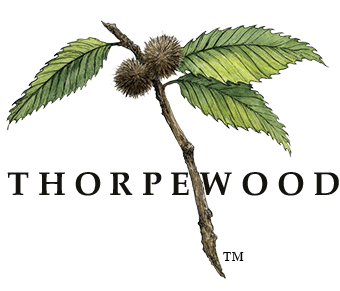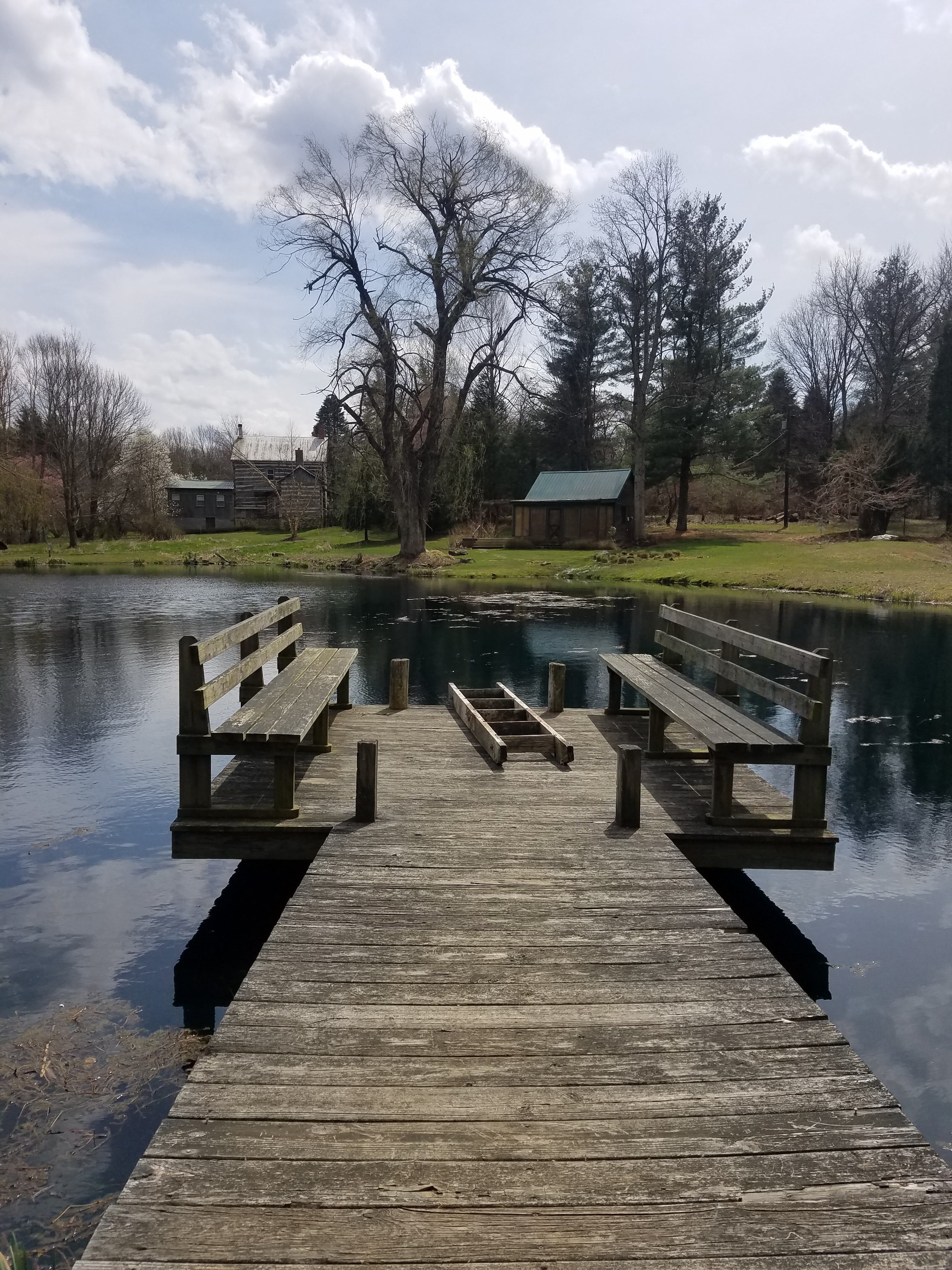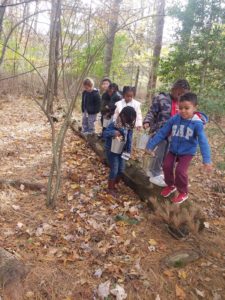 From October through December, ThorpeWood is host to all thirteen of Frederick County’s Head Start classes. Each class comes up to the farm four days in a row to experience our farm programs. After our preliminary visits to the classrooms back in early October, the preschool ‘friends’ had already met us farm humans and learned a bit about the animals on the farm. Because of this, arriving on the farm on that first day was slightly more comfortable for our visitors. Some even remembered our names or made requests to see specific kinds of animals. As the week continued for each class, everyone got progressively more at ease and more bundled as they came to see how the mountain air was a bit more chilly than down in the city. Here is a brief overview of our farm curriculum for each day:
From October through December, ThorpeWood is host to all thirteen of Frederick County’s Head Start classes. Each class comes up to the farm four days in a row to experience our farm programs. After our preliminary visits to the classrooms back in early October, the preschool ‘friends’ had already met us farm humans and learned a bit about the animals on the farm. Because of this, arriving on the farm on that first day was slightly more comfortable for our visitors. Some even remembered our names or made requests to see specific kinds of animals. As the week continued for each class, everyone got progressively more at ease and more bundled as they came to see how the mountain air was a bit more chilly than down in the city. Here is a brief overview of our farm curriculum for each day:
Day 1: Meet the Animals
Without delay, we started each week off by meeting all of our animal friends: horses, dogs, chickens, goats, and cows. We introduced this activity via our story What’s That Sound? (full story can be found here). In this story, our horse, Bylgia, goes around the farm, hunting down what made the strange sound that woke her up from her nap. Along the way, she runs into all of the animals on the farm, who help her find her way. In the end, she discovers that the sound was one of the chickens crowing. With the story done, we tell the students our challenge: to find all of the animals from the story! To do so, we have a little color-coded map that shows us how to find each animal. To get to the horse, we must follow orange cones. The cows will be at the end of the red cones, and so on. The rest of our hour with the kids is taken up by finding and taking time with each animal on the farm. Part of this adventure includes remembering how to properly greet an animal by allowing it to smell your closed fist. After all, we tell them, animals sniff hello instead of saying hello.
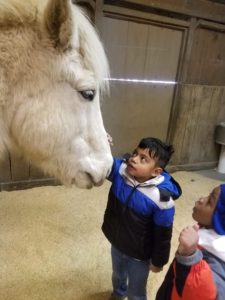
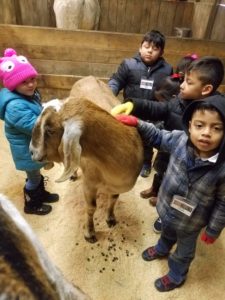
Day 2: Explore!
On the second day, we take time to explore the farm. Since we have already been all over the barn and other animal-occupied areas of the property the day before, exploring takes place in the woods, fields, and around the pond. Everyone is armed at the beginning of the session with a little metal pail, with which they can collect natural treasures from around the property. This often includes pine cones, sticks, leaves, quinces, and gumballs. We farm folk are reminded to be amazed by the red of a holly berry or the reflection of the pond. Our little exploring groups find time to climb trees, guess what lives in that hole in the ground, and do cartwheels or make snow angels in the big field on the far side of the property.
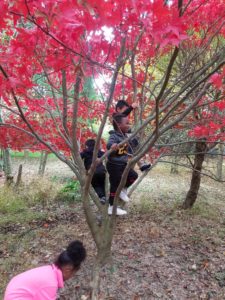
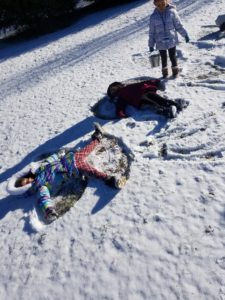
Day 3: Bug Houses
After the kids are starting to be increasingly comfortable in our farm environment, we start to challenge their views on bugs. Here at the farm, we do not kill our bug friends. Instead, we appreciate the hard work of the ant and the bumblebee. These city kids, however, are not so quick to be tolerant. Many are raised to believe that bugs must be killed. We try not to preach what should be done in their own house, but instead tell them that when they are on the farm, they are visiting the bugs’ homes. This is where they live and so should be treated with respect. In an effort to drive this home, we spend our third day on the farm building bug houses out of natural materials from outside. We imagine what a bug house might need (a bed, a mom and dad, a pineapple, a washing machine) and add them into the house. A couch might be made from a leaf, a berry used as food for the kitchen, and an acorn used as a toy in the bedroom. After our house is constructed, the end result usually looks like a pile of stuff from the woods. But we all know what it is and how much detail and attention went into its creation. We continue our development by drawing the rest of the bug town with sidewalk chalk on the barn floor. At this point, we add in the local school, friends’ houses, roads, park, and whatever else our preschool friends decide is important to have in a bug town. After using our imaginations for all this time, we use our bodies a bit more as we run up to our hay playground to jump and swing into the hay.
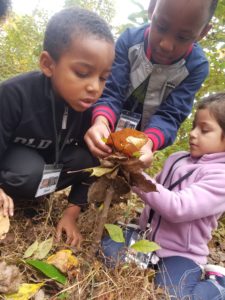
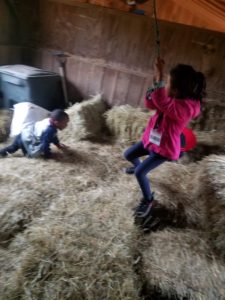
Day 4: Egg Hunt
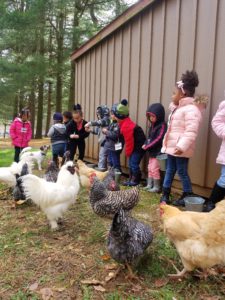
By the last day of the farm visits, the children are ready to loop back to a more animal-centered day. We introduce our day with one of our farm stories entitled Ready for an Egg Hunt (complete story can be read here). In this story, we tell the kids about how our chickens “love to play hide and seek with the eggs they lay.” This means we need to go on an egg hunt to find all of these lost eggs. We give everyone a metal pail to collect their eggs in. These are pretend eggs that are filled with chicken food, we explain before heading out on our hunt. When all the eggs are found, we all meet up at the chicken house where the kids get a chance to open the plastic eggs and feed the chickens what they find inside. Our session with the kids ends after we go for a short wagon ride around the farm.
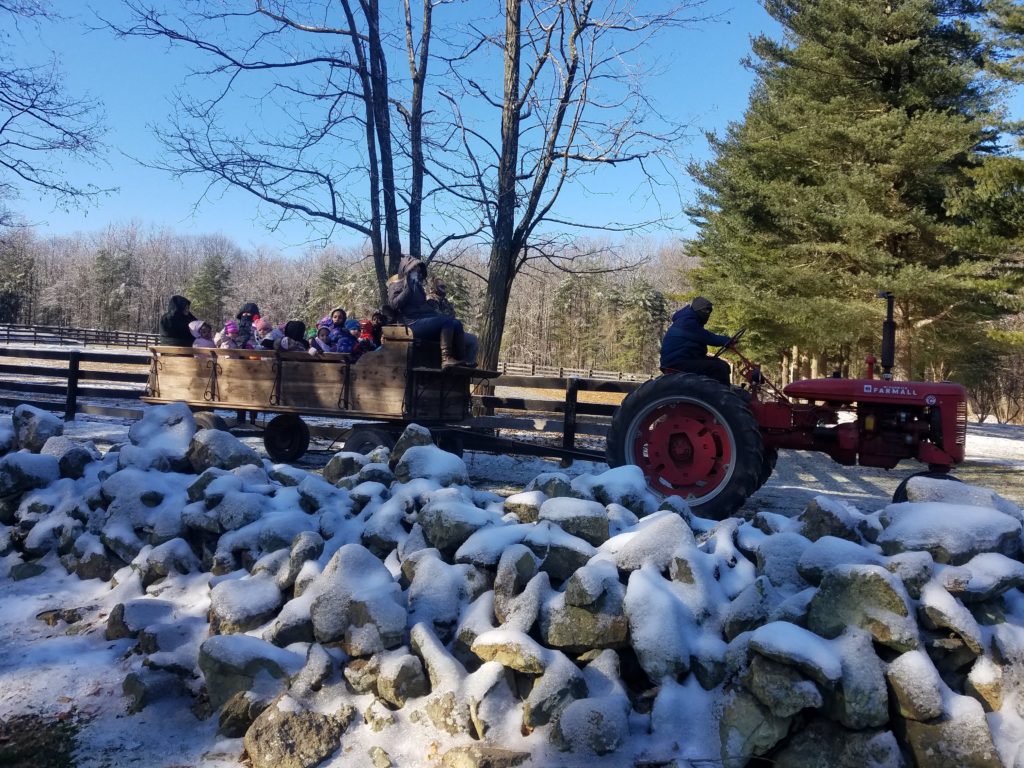
After four days on the farm, the preschoolers go back to their usual classroom routines…until we farm folk make our next appearances during our winter classroom visits!
